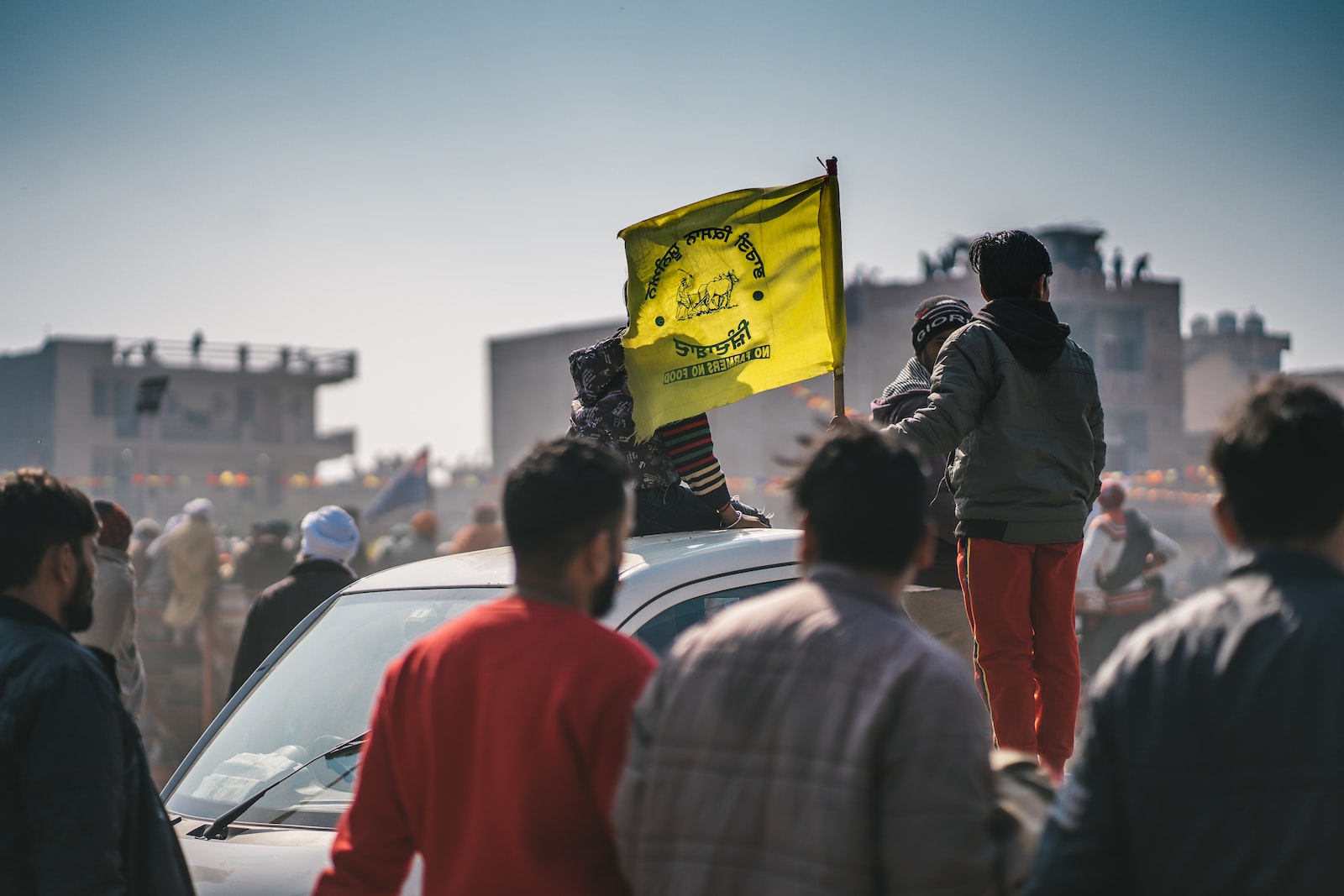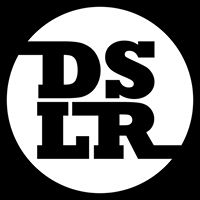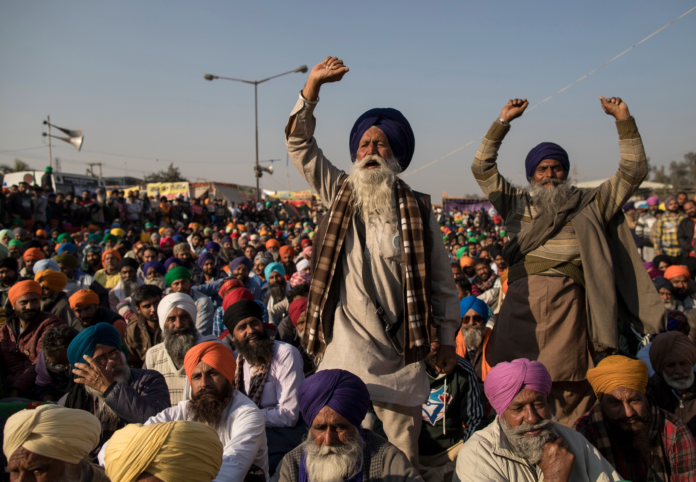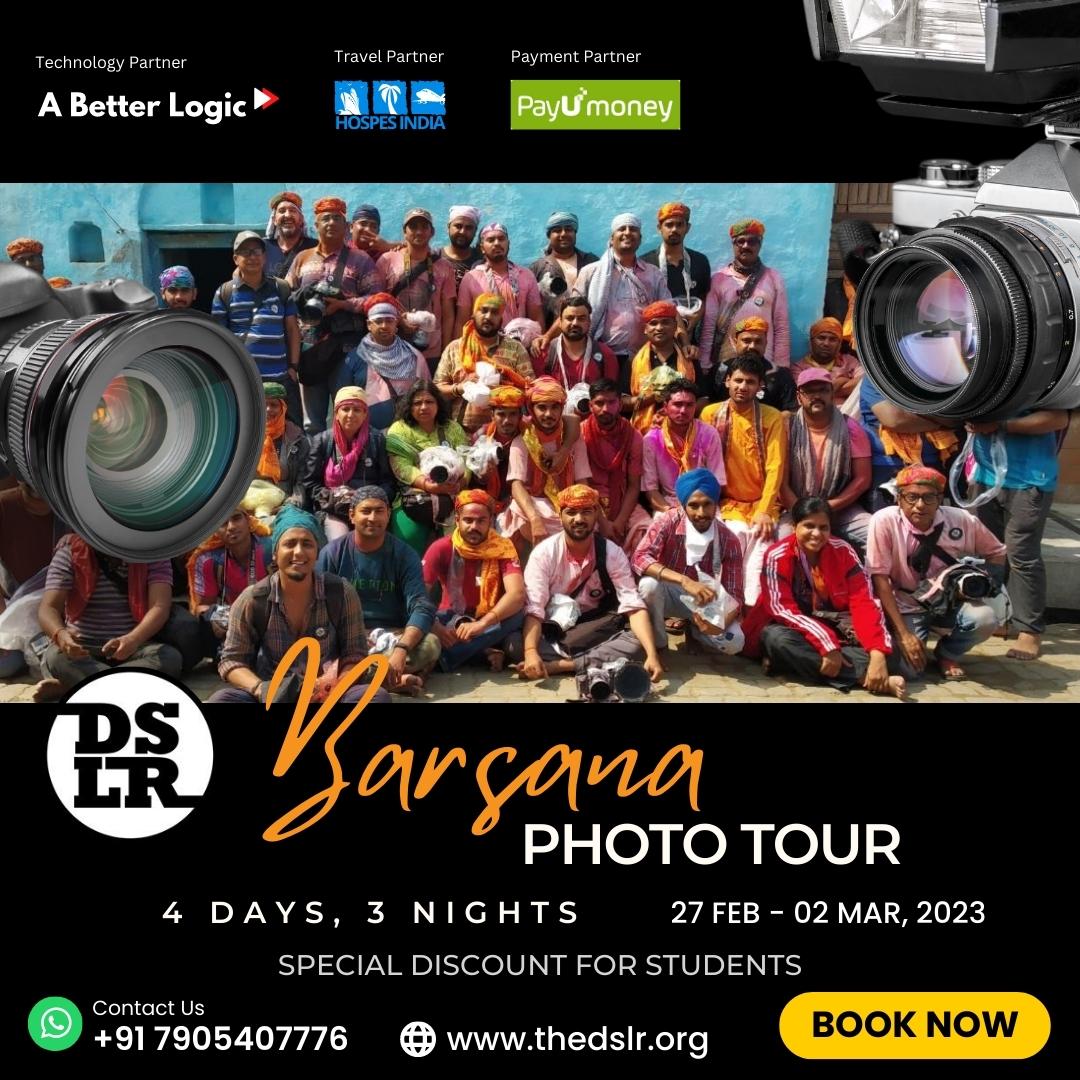It is now customary to refer to a “visual turn” in the study of international politics, which acknowledges that photographs and other visual artefacts play an ever-more-important role in portraying and forming the world.
Understanding terrorism, for example, is inextricably linked to how spectacular the visuals that depict the relevant events are, how they spread throughout the world, and how the public and politicians react to them.
Consider the terrorist strikes of September 11, 2001. Without comprehending the function of images, it is impossible to comprehend the origin, nature, and impact of an event. The strike was planned for maximum visual impact. Images quickly spread throughout the world, giving viewers a sense of how horrific and shocking the incident was.
Numerous of these painful pictures not only influenced later public discussions and governmental reactions, such as the war on terror, but also continue to be ingrained in our collective memory.
The politics of images, however, have profoundly shifted in two different ways.
First off, consider how quickly and widely images spread. A photograph taken in a conflict area would not have appeared on the top page of, for example, the New York Times for days or even weeks in the past, during the Vietnam War.
A photo or video can now instantly reach viewers around the world thanks to modern technology. Whether it is a terrorist assault, protest march, election campaign rally, or any other political phenomenon, media networks may now almost instantly turn a local event global.
The second is something you may refer to as the democratisation of visual politics. Previously, only a small number of actors states or international media networks had access to photographs and the authority to make them available to a global audience.
Today, anyone can use a smartphone to take a photo, publish it to social media, and instantaneously share it with a potentially global audience.
Any person or small group has the power to create and spread pictures that, in the terminology of the modern new media, “go viral,” regardless of their location or political intentions.
The end effect is a never-before-seen visualisation of both the public and private spheres of life: a revolution in visual communication that has upended the hierarchies and foundations of long-established media networks.
Understanding Image Politics: A Challenge

Images function on many overlapping levels, spanning both national boundaries and the physical and psychic realms. They come in a variety of intricate and varied forms, such as pictures or movies, graphic novels, or video games. When it comes to three-dimensional visual artefacts like buildings, uniforms worn by soldiers, or monuments, things grow even more complicated.
Nevertheless, regardless of how varied and intricate they may be, visual pictures and artefacts all share one thing in common: they function differently than words. They are by nature inclined to do that. They are nonverbal, frequently vague, and loaded with feelings. The main difficulty that observers and academics encounter is how to adequately convey the distinctive qualities and political relevance of visuality while translating the politics of images into words.
Therefore, photographs can be edited and faked, but they also have political biases. Each and every image, whether stationary or moving, conveys a unique viewpoint. Aesthetic decisions are reflected in images.
From a specific perspective, they depict the world. Of course, they always leave out more than they take in. Because every image in a photograph has been picked out and created by a certain person, it is impossible for a photograph to be objective.
There aren’t many other methods to photograph the thing in question because it is captured from a specific perspective and then manufactured and duplicated in a specific way.
How Visual Artefacts and Political Images Operate
It goes without saying that it is far too complicated to be condensed into a few straightforward ideas in order to understand the aesthetic and political dynamics related to visuality. Images and other visual artefacts have effects. They are independent political forces.
They frequently represent and shape politics. Techniques used in early modern cartography were crucial in establishing the legitimacy of territorial entities.
Think about the way that objects and images perform and visually express a sense of self and community, which in turn shapes politics. The most prominent examples include flags, parades, religious symbols, monuments, and cemeteries.
Political communication using photography as a tactical weapon
Political communication is described as “an interactive process involving the dissemination of information among politicians, the news media, and the general public. It can occur on various levels (such as between the political actors themselves or between the politicians and the media) and in various directions (top-down from political authorities to the public or vice-versa).
Additionally, there are various political communication tools, one of which has grown increasingly significant over the past few years: imagery language.
This tool actually has a significant impact on how people perceive something or someone. Even though pictures leave more room for interpretation, their messages can sometimes reach a certain target audience even better than linguistic communication because the former are “perceived as more emotional and more holistic”, taking into account that one single picture can often be better and more efficiently transmit certain messages than, for example, long speeches. Photography as a form is frequently used for political purposes in a “communicative context”.
Conclusion
The role of images in political communication and their impact on public opinion have become increasingly important as a result of significant changes in the media environment and media consumer behaviour.
As the primary source for pictures, social media and television are today’s two most important pillars for political marketing.
One primary goal of contemporary political communication is to construct a particular narrative for political figures, thereby bolstering their reputations on both a personal and professional level.
To accomplish this, the right (self-)staging, including physical appearance, through potent visual imagery, is essential.
![]()


